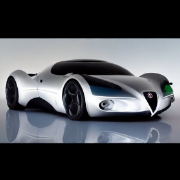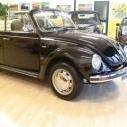Jaguar E-Type Lightweight (Foto Ufficiali)
-
Contenuti simili
-
- 27 risposte
- 2413 visite
-
- 9 risposte
- 1431 visite
-
Jaguar F-PACE Facelift M.Y. 2022 1 2 3 4
Pubblicato da superkappa125,
- jaguar f-pace 2021
- jaguar f-pace
- (e 6 altri in più)
- 34 risposte
- 16050 visite
-
-
-









.thumb.jpg.902d2a4f20a129e92b6f6920407b81bd.jpg)











.thumb.jpg.46228d717c405acd43b45b79fddce6a4.jpg)
Messaggi Raccomandati:
Crea un account o accedi per lasciare un commento
Devi essere iscritto per commentare e visualizzare le sezioni protette!
Crea un account
Iscriviti nella nostra community. È facile!
Registra un nuovo accountAccedi
Sei già registrato? Accedi qui.
Accedi Ora